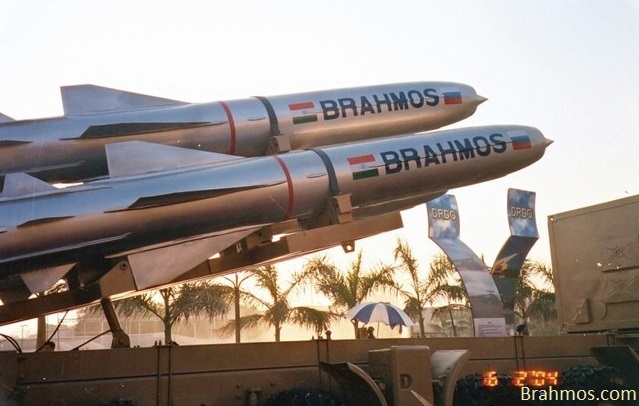
India is poised to provide Vietnam with a consignment of BrahMos coastal anti-ship missile systems valued at approximately $625 million, according to reliable sources cited by Zee Business. It is anticipated that Vietnam will submit an order for three to five BrahMos BRKs (Coastal Missile Complex), each comprising multiple launchers, with an estimated price tag of around $125 million, contingent upon the quantity of BRKs requested by Vietnam.
The publication indicates that the official contract signing might coincide with the forthcoming visit of Vietnamese Defense Minister Phan Van Zhang to New Delhi on June 19. This visit is mutually perceived as a testament to the reinforcement of bilateral defense relations.
It is noteworthy to recall that the agreement for the acquisition of BrahMos BRK was originally intended to be finalized in 2017. However, negotiations were halted at that time due to discrepancies regarding the financial aspect of the deal.
In 2016, India extended a $500 million line of credit to Vietnam for procuring weaponry, encompassing the delivery of new patrol vessels and the refurbishment of two obsolete Project 159 SKR-1 patrol vessels with contemporary anti-submarine equipment. The upgraded vessels will be equipped with a new sonar system, torpedo launchers, and an advanced fire control system. Additionally, discussions are underway for the potential supply of BrahMos supersonic cruise missiles and the Indian-developed Varunastra high-velocity heavy torpedoes.
The genesis of the BrahMos missile complex dates back to 1998 when it was initiated as a collaborative effort between India’s Defense Research and Development Organization (DRDO) and Russia’s NPO Mashinostroyenia. The nomenclature “BrahMos” is derived from the names of two prominent rivers, the Brahmaputra of India and the Moskva of Russia. In 2001, the first test flight of the BrahMos missile was conducted, demonstrating its successful launch from a land-based platform. Since then, the missile has undergone several tests and enhancements, leading to the development of air-launched and submarine-launched variants.
The BrahMos missile complex represents a noteworthy accomplishment in defense technology, showcasing the expertise of both India and Russia in the realm of advanced weapons systems. As a supersonic cruise missile, it possesses the capability to surpass the speed of sound. With a range of approximately 300 km, it can carry a warhead weighing up to 300 kg.
One of the distinctive features of the BrahMos missile is its ability to operate at diverse altitudes, ranging from as low as 10 meters to as high as 15 km. This characteristic makes it challenging for adversary radar systems to detect and track the missile. Designed for launch from multiple platforms, including land, sea, and air, the BrahMos missile complex can be deployed from ships, submarines, aircraft, and mobile land-based launchers.
The missile has undergone successful tests against various targets, both at sea and on land. It has been inducted into the Indian Army, Navy, and Air Force, while also being offered for export to friendly nations. The BrahMos missile complex serves as a testament to the robust partnership between India and Russia in the domain of defense technology. It stands as an advanced and potent missile system, significantly bolstering India’s defense capabilities.




